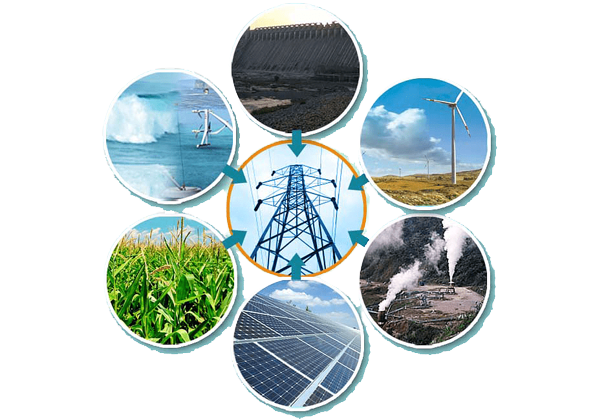Natural Resources

Key Notes:
1. Definition of Natural Resources:
– Natural resources are materials and substances found in the environment that are valuable to humans.
2. Types of Natural Resources:
– **Renewable Resources**: These are resources that can be replaced naturally over time. Examples include sunlight, wind, and fresh water.
– **Non-Renewable Resources**: These are finite resources that cannot be easily replaced. Examples include fossil fuels like coal, oil, and natural gas.
3. Importance of Natural Resources:
– Natural resources provide the raw materials for many of the things we use in our daily lives.
– They are essential for the survival of all living organisms, as they provide food, water, and shelter.
4. Conservation of Natural Resources:
– It is important to use natural resources wisely and conserve them for future generations.
– Reduce, Reuse, and Recycle: These are three important principles for conserving natural resources.
5. Water as a Natural Resource:
– Water is essential for life and is a vital natural resource.
– It is important to conserve water by not wasting it and preventing pollution of water sources.
6. Forests as Natural Resources:
– Forests provide us with wood, oxygen, and habitat for many plants and animals.
– Deforestation can lead to loss of biodiversity and other environmental problems.
7. Energy Resources:

– Fossil fuels (coal, oil, natural gas) are non-renewable energy resources.
– Renewable energy sources like solar, wind, and hydroelectric power are more sustainable alternatives.
8. Air and Soil as Natural Resources:
– Clean air and fertile soil are essential for agriculture and human health.
– Air and soil can be polluted by human activities, which can harm the environment.
9. Minerals and Metals:
– Minerals and metals are used in the production of a wide range of products, from electronics to construction materials.
10. Role of Individuals:
– Everyone can contribute to the conservation of natural resources by reducing waste, using resources efficiently, and supporting environmentally friendly practices.
11. Environmental Responsibility:
– It is our responsibility to protect and preserve natural resources for the well-being of current and future generations.
12. Government and Regulations:
– Governments may create laws and regulations to manage and protect natural resources, such as wildlife conservation and pollution control.
Let’s practice!

